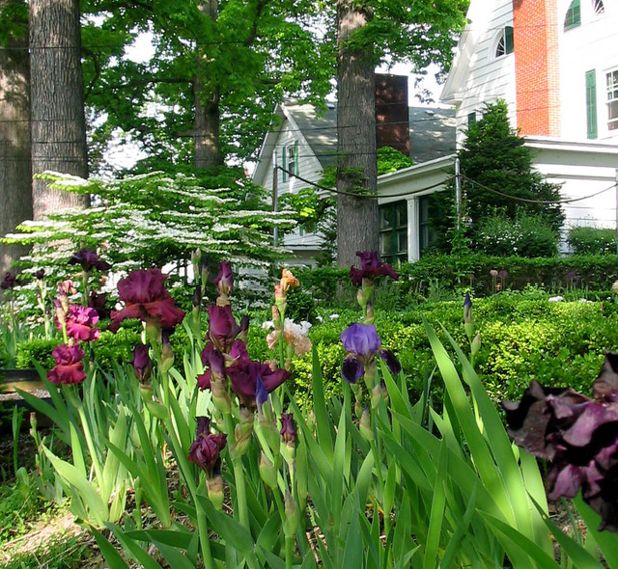You’ve decorated your home just the way you want it, and you know that you’ve got to have a regular maintenance routine to keep it in good order and looking the way you’d like. Some tasks you do every day or week, and some you do when the seasons turn. Well, a lush carpet of green grass is the finishing touch for your home, and it needs the same kind of care as you give the interior so that it remains a beautiful setting and a welcome to your guests.
Here are the steps for a seasonal schedule that will keep your lawn healthy and thriving:
Winter
In climate zones where winter means harsh temperatures and snow, there’s not much to do for your lawn. If all you see out the window is white, then you can enjoy some well-deserved time off. Do be aware, though, that heavy foot traffic on a snow-covered lawn is going to lead to compaction of soil and grassroots that you’ll have to deal with later.
In warmer temperature zones, you can cut down your watering schedule because there are fewer hours of daylight and usually some rain. If you don’t have “smart” irrigation controls, be sure to adjust timers and keep an eye on the sky.
Wherever you live, you can spend some time getting your tools ready for spring. Scrub off old dirt, remove rust, lubricate pivot points, and sharpen blades on hand tools and your mower.
Spring
This is the season when your lawn needs the most attention. Doing these annual jobs will determine how lush and green your lawn will be through the summer.
Rake Vigorously: To remove surface leaves, dead grass, thatch, and debris.
Aerate The Soil: To correct compaction caused by weather and foot traffic. This opens up your lawn to receive nutrients and adequate hydration.
Test And Correct The pH: Grass thrives in neutral pH, so you’ll want to adjust soil that’s too acidic or alkaline.
Pre-Treat For Weeds: The best time to stop them is before they start.
Fertilize: To give your grass a strong root system and the energy for a long growing season.
You May Want To Overseed: If you’ve got a cool-season grass like bluegrass or turf-type tall fescue, but note that it will mean you can’t pre-treat for crabgrass and weeds because the products that stop those seeds from germinating will stop the grass seed, too.
Summer
This is the season where the most important things you can do are water and some light maintenance.
Water In The Morning: After the dew has dried because having the lawn continuously wet can encourage certain fungal diseases. Water deeply rather than frequently, making sure your lawn gets an inch of water each week.
Mow Regularly: Taking down only one-third of the grass blade height each time. The higher the grass, the deeper the roots are, and the more moisture they retain. Leave clippings in place as mulch and to shield the soil from the sun that will dry it out.
Keep weeds in check: By hand-pulling annual, shallow-rooted weeds and doing spot treatments on hardier ones.
Fall
This is the time to do the jobs that will ensure that the lawn is ready for winter and fresh regrowth in spring.
Overseed Your Lawn In Fall: After the stressful heat of summer has ebbed. What this means is sowing the seed over your entire lawn, not just the areas that are bare or thinning. The process will improve the density of the lawn, revive its vibrant color, and improve its overall health, making it more likely to fend off weeds.
If Your Turf Is On A Twice A Year Fertilizing Schedule: And you fertilized in the spring, now is the time for the second round of fertilizing so the grass can benefit from the extra nutrition as it gets ready to go dormant for the winter.
Pre-Emergent Weed Control: May also be called for, depending upon where you live. Weeds may not pop up until early spring, but perennial varieties will be busy growing roots and storing up energy for their reemergence. Stopping them now is a good idea.
Mow Until The Grass Goes Dormant, and then put away your mower ‘til spring.
Clean-Up: By raking weeds and debris, and remove toys and lawn furniture, so they don’t compress the ground and invite pests and disease.
For more helpful information, check The Lawn Institute for tips that will help you to a lawn that’s beautiful all year round.








